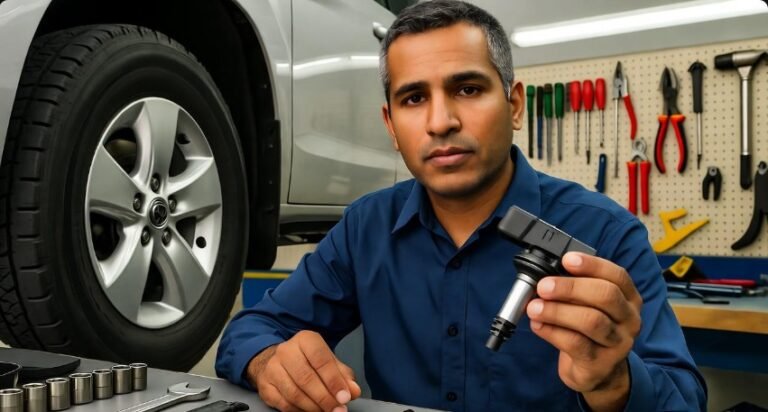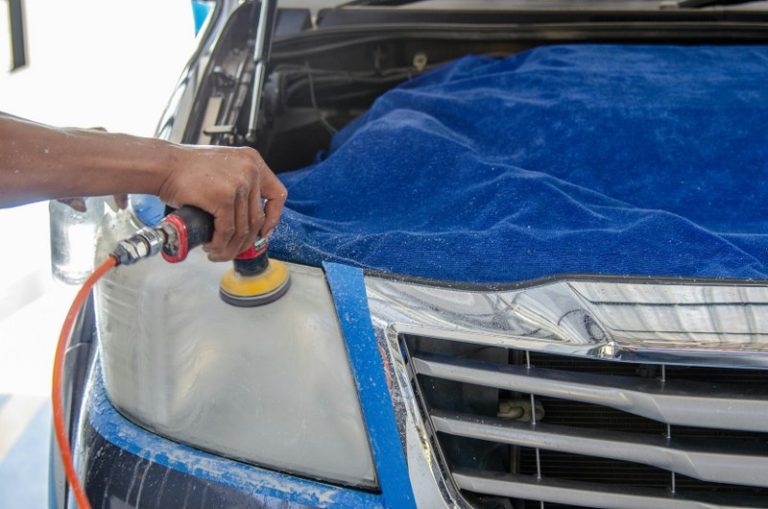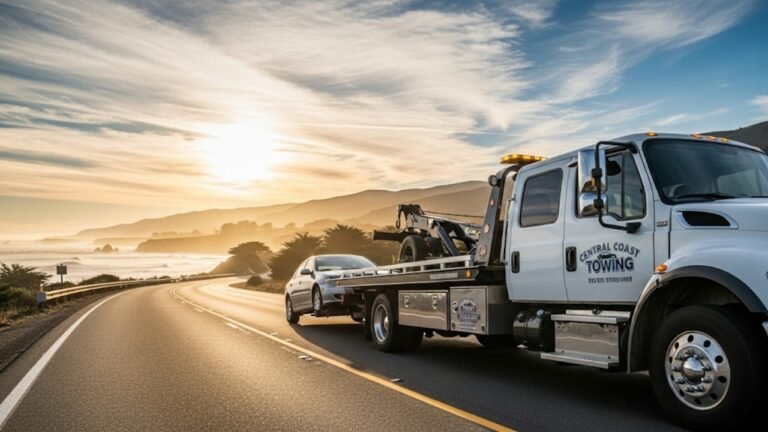Personal Car Breakdown Cover: Your Lifeline on the Road
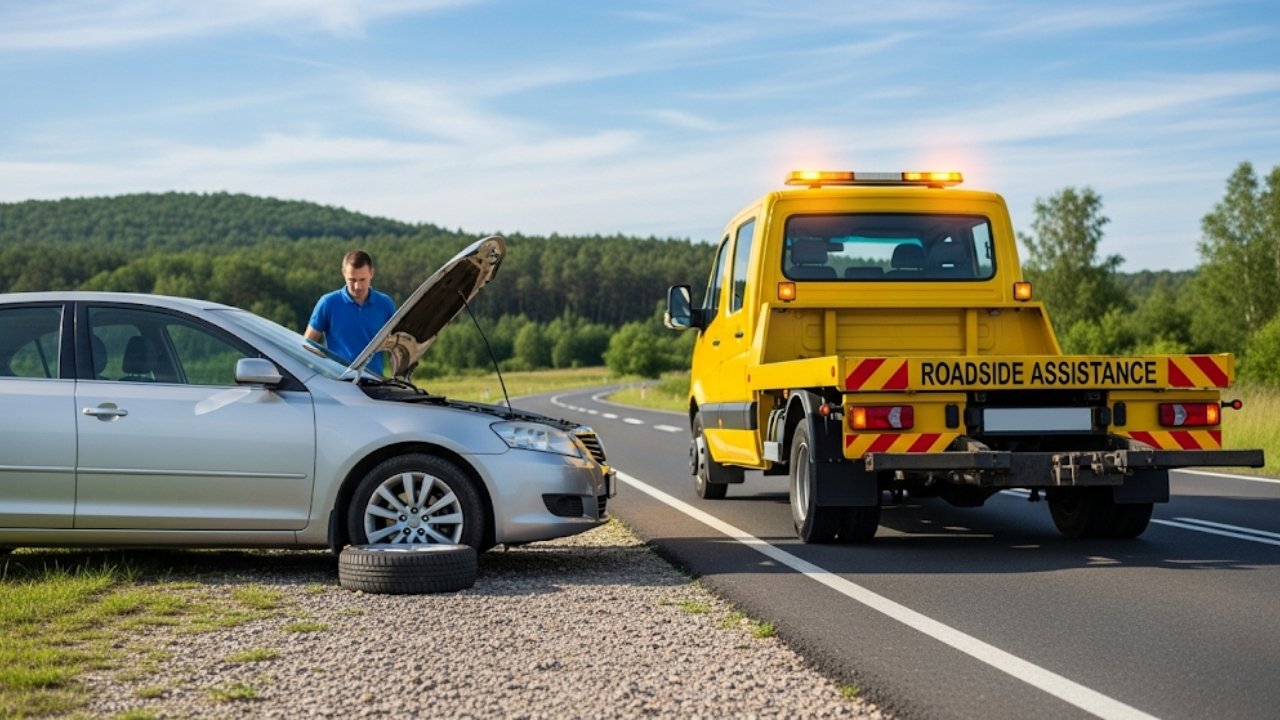
Let me take you back to a moment I won’t forget. I was halfway home from a weekend trip when the engine light flickered, and the car just gave up. Stranded by the roadside, miles from any garage, I remember thinking, “Why didn’t I get personal car breakdown cover?” That was the last time I ever left it to chance.
Life is unpredictable. Cars are, too. That’s where personal car breakdown cover becomes your hero in high-vis. It’s not just a subscription; it’s peace of mind every time you drive. Whether you’re going to work, heading out for groceries, or doing a cross-country trip — knowing someone will come to the rescue if your car breaks down is a massive relief.
In this article, we’ll explore everything — what personal car breakdown cover is, how it works, why it’s worth it, and how to choose the right one. So, buckle up. You’re about to understand something that could save you time, money, and stress down the line.
What Exactly Is Personal Car Breakdown Cover?
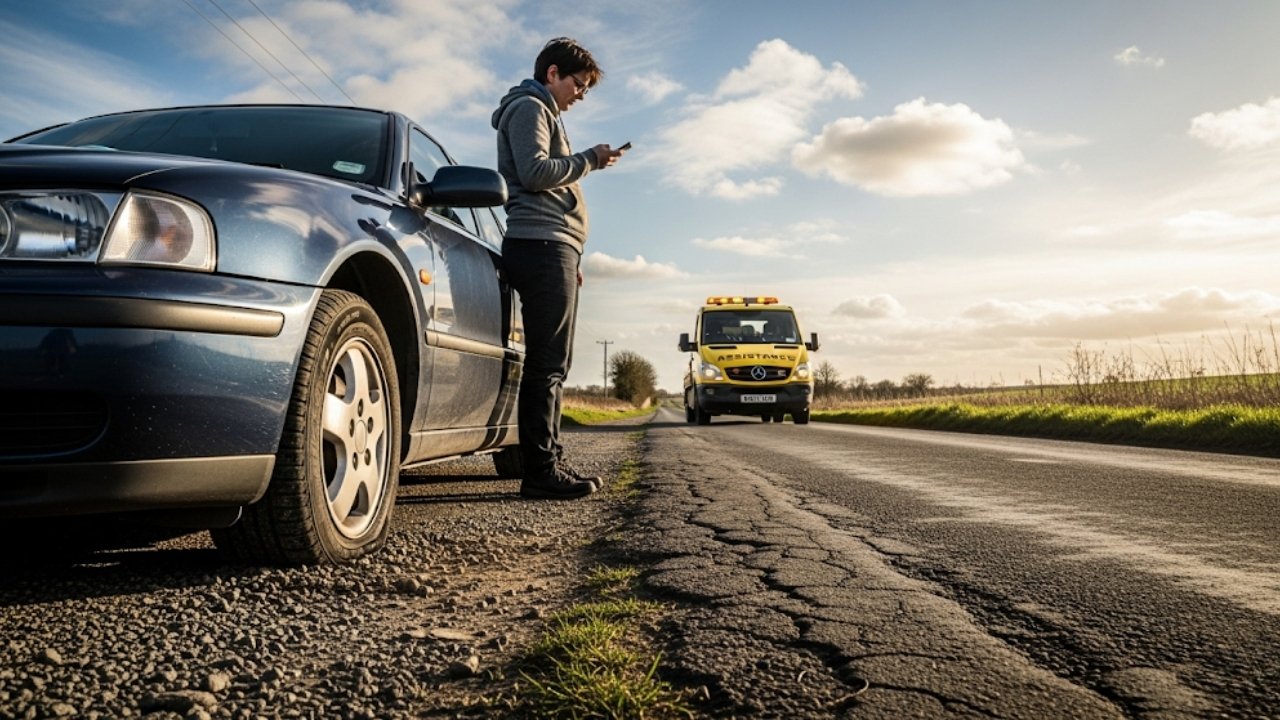
Let’s break it down:
-
It’s you, not the car: You’re covered in any vehicle, even as a passenger.
-
Emergency help: 24/7 roadside assistance, tow service, or even a lift home.
-
Anywhere, anytime: From the busy city to the middle of nowhere.
And the best part? You don’t have to panic about being stuck with no help — just one call, and help is on its way.
Here’s a quick comparison to understand better:
| Feature | Personal Cover | Vehicle-Based Cover |
|---|---|---|
| Covers you in any vehicle | ✅ | ❌ |
| Covers only one specific car | ❌ | ✅ |
| Ideal for families or sharers | ✅ | ❌ |
| Coverage as a passenger too | ✅ | ❌ |
Why I Wish I Had It Sooner: A Personal Story
There’s nothing like real experience to drive a point home. It was winter, and I was on the way to a friend’s engagement party — in her car. It broke down in the middle of nowhere. I called the breakdown service tied to my car, but guess what? They wouldn’t help. I wasn’t in the vehicle that the policy covered.
I had to wait three hours for a local mechanic who charged way more than I expected. That whole night? A washout.
That’s when I realized: personal car breakdown cover would’ve had my back. No matter whose car I was in.
If you frequently drive different cars — whether it’s borrowing, carpooling, or renting — this type of policy makes way more sense.
What Does Personal Car Breakdown Cover Include?
Okay, let’s unpack the real meat of it — what do you get when you sign up for this kind of cover?
Generally, a personal car breakdown cover includes:
-
Roadside Assistance – Quick help at the breakdown location.
-
Vehicle Recovery – Towing to a nearby garage if it can’t be fixed roadside.
-
Home Start – If your car won’t start at home, help comes to you.
-
Onward Travel – Car hire, overnight stay, or alternative transport.
-
National Recovery – Towing to anywhere in the country, not just a local garage.
-
Misfuel Assistance – For those oops-moments when you put petrol in a diesel engine.
Here’s a simplified table that sums it up:
| Coverage Type | Included in Standard Cover? |
|---|---|
| Roadside Assistance | ✅ |
| Home Start | ✅ (with some providers) |
| National Recovery | ✅ |
| Onward Travel | (may be optional) |
| Misfuel Help | (usually add-on) |
Make sure you check what’s included. Some policies bundle more perks; others need you to add them separately for a fee.
Top Reasons You Need It Even If Your Car Is Reliable
You might be thinking, “But my car is new and runs great!” I get it. I thought the same. But car breakdowns don’t always happen because the car is old. Sometimes it’s a flat battery, a puncture, or locking your keys inside.
Let’s look at some common breakdown triggers:
-
Flat battery
-
Overheating
-
Punctured tire
-
Fuel issues
-
Lost or broken keys
-
Faulty starter motor
And guess what? None of these respect the age of your car.
Here’s why having personal car breakdown cover still makes sense:
-
You travel in others’ cars frequently.
-
You go on long-distance road trips.
-
You live far from a garage.
-
You commute daily and can’t afford delays.
-
You want to feel secure — always.
Just like we wear a seatbelt every time, having breakdown cover is another way to stay safe.
Different Types of Breakdown Cover: Pick What Fits
Not all policies are the same. The type of cover you choose depends on how you drive, where you go, and what you can handle during an emergency.
Here are the most common types under the umbrella of personal car breakdown cover:
1. Basic Roadside Assistance
This is your entry-level plan. If your car stops working more than a quarter-mile from home, someone comes to help. If it can’t be fixed, it’s towed to a nearby garage.
-
Cheapest option
-
Great for local driving
-
Not ideal for rural areas
2. National Recovery
If you break down hundreds of miles from home, this is a lifesaver. Your car — and you — will be transported anywhere you want in the UK.
-
Great for long-distance drivers
-
Ideal for work or travel
3. At-Home Cover (Home Start)
Car won’t start in the morning? This cover sends help to your driveway.
-
Perfect if you work from home
-
Good for older vehicles
4. Onward Travel
Let’s say your car gets towed and can’t be fixed right away. This cover gives you options — like a rental car, hotel stay, or reimbursement for alternative transport.
-
Great for families or frequent travellers
-
Keeps your plans on track
Cost vs. Peace of Mind: Is It Worth It?
Here comes the real question — how much does personal car breakdown cover cost?
Well, you’ll be surprised. Prices start from as low as £5–£10 per month depending on the level of cover. Think about what else we spend that much on — a couple of lattes? A Netflix subscription?
Now imagine being stranded with your kids in the car or stuck in a thunderstorm with no signal. Suddenly, £5 a month seems like a bargain, right?
And the potential savings?
-
Towing can cost £100+
-
Call-out fees: £60+
-
Overnight hotel: £80–£200
-
Rental car: £30–£50/day
Having cover protects you from these unexpected expenses.
How to Choose the Right Breakdown Cover Provider
Let’s be honest: not all personal car breakdown cover providers are created equal. Some offer flashy prices but cut corners when it counts. Others charge more but deliver exceptional service every single time. So how do you choose?
Start with these key points:
-
Coverage Type – Make sure it includes what you need (roadside, home start, recovery, etc.).
-
Response Time – Some companies aim to reach you in under 45 minutes. That matters.
-
Customer Reviews – Google, Trustpilot, or forums reveal the real user experience.
-
Number of Callouts – Some providers limit how often you can call for help annually.
-
Added Perks – Some offer free MOT reminders, mobile apps, or even discounts on car servicing.
Here’s a shortlist of some popular UK providers of personal car breakdown cover:
| Provider | Key Strength | Average Cost/Year |
|---|---|---|
| AA | Wide coverage and multiple levels | £60–£180 |
| RAC | Great app support and battery services | £55–£150 |
| Green Flag | Competitive pricing and speedy response | £40–£120 |
| AutoAid | Affordable and covers spouse too | £50–£90 |
| Start Rescue | Low-cost, efficient for budget seekers | £30–£75 |
Read the fine print. Check what’s excluded. Some policies don’t cover floods or driver errors like misfueling unless you opt in.
Common Mistakes to Avoid with Personal Cover
When it comes to personal car breakdown cover, the devil’s in the details. A few small mistakes can cost you big time. Here’s what to avoid:
1. Assuming You’re Always Covered
Some people buy a basic plan and assume it includes everything — from towing across the country to overnight stays. But unless you choose those options, they might not be included.
2. Forgetting to Renew or Update
If you change your address, frequently drive someone else’s car, or travel more often, update your policy. Some providers cancel your cover quietly if payment fails.
3. Overlapping Policies
If your car’s under warranty or included in your bank’s premium account, you might already have coverage. Double-check to avoid paying twice.
4. Ignoring the Fine Print
Some policies don’t cover cars over a certain age or with high mileage. Others won’t assist if your car hasn’t been regularly serviced.
Real-Life Benefits: More Than Just a Tow
Still wondering if it’s worth it? Let me paint a few scenarios where personal car breakdown cover makes a huge difference.
Scenario 1: Late-Night Breakdown
You’re driving back from a family event. It’s 11 PM, pouring rain, and your car gives up. With cover? A friendly technician shows up, fixes the issue, or tows you and your family to safety.
Scenario 2: Battery Dies at Home
You’re late for an important interview, and the car won’t start. With home start coverage, a jumpstart saves your day.
Scenario 3: Misfuel Mishap
You’re distracted, put petrol in a diesel car, and drive off. The engine coughs. Some policies (with an add-on) will flush the tank and get you going — without that huge £300+ garage bill.
These aren’t just luxuries. They’re sanity-savers.
Personal Cover vs Vehicle Cover: Which One’s Right for You?
The choice between personal car breakdown cover and traditional vehicle cover depends on your driving habits.
Choose Personal Cover If:
-
You drive more than one car.
-
You borrow or rent cars frequently.
-
You carpool or ride as a passenger often.
-
You share a vehicle with your partner or family.
Choose Vehicle Cover If:
-
You own one car, and no one else drives it.
-
You want cheaper, simpler coverage.
-
You’re not the type to borrow other cars.
In fact, many families opt for multi-person personal cover, which protects multiple drivers — like parents and teenage kids — under one policy. It’s often more affordable than separate plans.
How to Make a Claim Smoothly
Here’s a quick checklist if you ever break down and need to make a call:
-
Find a safe place to stop: Use hazard lights and pull off the road.
-
Know your policy number: Keep it saved or printed in the glovebox.
-
Call your provider: Use the emergency number listed in your paperwork or app.
-
Describe the issue clearly: Be honest and provide location details.
-
Stay put (if safe): Don’t try fixing anything unless you’re confident and it’s minor.
Keep warm clothes, water, and a flashlight in your car — breakdowns don’t always happen in good weather or daylight.
FAQs About Personal Car Breakdown Cover
1. Is personal breakdown cover worth it if I only drive occasionally?
Yes. If you’re ever behind the wheel — even once a week — the peace of mind it provides is invaluable.
2. Does personal breakdown cover include other people in the car?
It depends. You’re covered as a driver or passenger, but others in the vehicle aren’t unless they have their own personal cover.
3. Will my cover still work if I’m driving a rental car?
Usually, yes — as long as it’s a standard private car and not a commercial vehicle. Always confirm with your provider.
4. What if my car breaks down abroad?
That requires European cover or international add-ons. It’s not always included in standard UK policies.
5. Can I use personal cover for my spouse?
Only if the plan allows multi-person coverage. Some providers, like AutoAid, include your spouse for free.
6. Is there a waiting period after I sign up?
Some policies have a 24–48 hour delay before cover kicks in. Emergency plans can be more expensive if you need instant support.
7. Does it cover electric vehicles?
Most do — but always check. Some offer special EV breakdown tools and mobile chargers.
8. Can I cancel my plan anytime?
Yes, but read the terms. There may be a cancellation fee if you’re midway through a contract.
Final Thoughts: A Small Investment, A Huge Relief
We insure our homes, our phones, and even our pets — so why not ourselves when we’re driving?
Personal car breakdown cover isn’t just another policy to pay for. It’s a quiet little hero that steps up when life throws a wrench (literally) into your day. Whether you’re behind the wheel or sitting shotgun, whether it’s your car or not — you deserve that safety net.
Don’t wait until you’re stuck on a cold night, engine steaming, and help miles away. Be proactive. Choose a plan that fits you, your lifestyle, and your travel habits.
Because when the unexpected hits the road, you’ll be ready.


